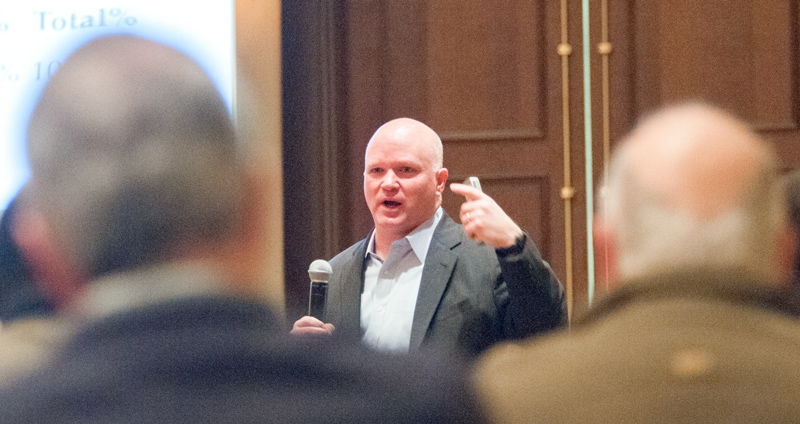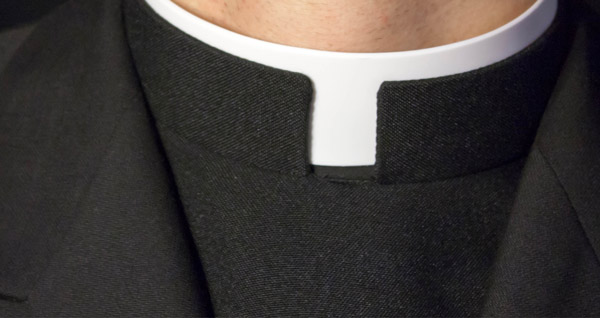
MYRTLE BEACH—Evangelization doesn’t just come from the pulpit or a conversation between friends. These days it can be done with one keyboard stroke, a link to a website or a glance at a Facebook page.
The digital revolution has opened countless doors for sharing the Gospel, and clergy learned how to best utilize the new technology at the annual Convocation for Priests held Jan. 11-14.
Presenters encouraged priests to look at the ways their parishes use digital media and commit themselves to adopting at least a few elements of the new technology in the coming year.
They said parishes without functioning websites or good outreach through email need to develop them soon. Others already reaching out on the web were told to explore other avenues such as social media and setting up online giving to encourage and increase stewardship.
One of the keynote speakers was Boston-based author and consultant Scot Landry, who developed the media ministry plan for the Archdiocese of Boston and is the author of the book, “Transforming Parish Communications: Growing the Church through New Media”.
Landry urged priests to embrace digital media as a way to spread information about their parish and its activities. This simple outreach, he said, can help people who might be interested in becoming Catholic or returning to church after a long absence.
It also helps busy parishioners stay engaged with what is going on and offers them a chance to do their own evangelizing.

He promoted a practice called “social media tithing” that encourages people in the pews to commit to making 10 percent of their posts on social media somehow related to their faith.
“We all hope everybody would just want to join us at church on Sunday, but that’s not the case,” Landry said. “Sometimes we can reach everybody God wants us to reach through digital media. Your average Catholic would probably be uncomfortable knocking on doors, but they might be willing to evangelize through social media. You can evangelize by forwarding a link about faith or retweeting something you get from your parish or another Catholic organization. It takes a few seconds a few times a week. We never know who we are going to reach through the power of the Holy Spirit.”
Landry and other presenters from Our Sunday Visitor also discussed three of the most popular forms of digital outreach being adopted by more and more parishes: apps; live streaming of Mass, classes and other events; and online recordings of priests’ homilies and religious education classes.
Parish apps, which offer access to Mass schedules, news events, calendars and more, are an effective outreach to smart phone and tablet users because it enables them to have instant access to information about their parish. More and more people are also making use of online giving through their smartphones.

Live streaming Mass or other parish events online can be helpful to people who are homebound or senior citizens. It isn’t a replacement for attending Mass, of course, but Landry and others said streaming can help people feel connected to the Church and their parish, and also can be a good evangelization tool.
“There may be people who are thinking about coming to church or coming back, but they’re a little reluctant because they don’t know what the experience is going to be,” Landry said. “Live streaming gives them a chance to see what the community is like, to watch what goes on, and hopefully down the road they’ll actually show up and be physically present.”
Online access to religious education materials can benefit young families and busy professionals who juggle difficult schedules and might not be able to show up for classes held on a weekday evening.
In other sessions during the week, the priests also learned about potential pitfalls and security concerns related to the internet, such as protecting the privacy of minors.
Landry stressed fact that nobody can embrace all the possibilities of digital media at one time, but encouraged the priests to adopt two or three forms of outreach that would be most effective for their parishes.


